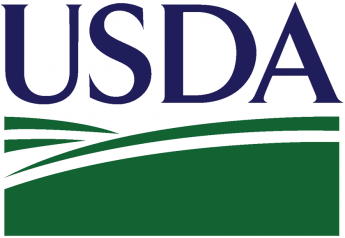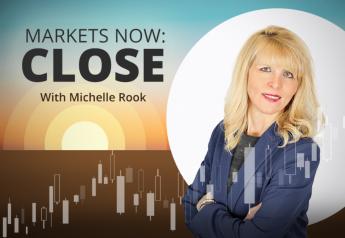Will Mothballed Food Service Demand Overshadow Strong Livestock Exports?
USFR 11/07/20 - RT1
As COVID-19 cases climb across the country, states such as Illinois are closing the door on indoor dining again. That’s as populous areas such as Los Angeles County, Cal. still don’t have indoor dining available.
As the risk of declining restaurant demand for protein becomes a bigger concern, one Kansas State University economist says it could also be a factor for livestock prices moving forward.
“The risk would be if we have a slowdown domestically,” says Glynn Tonsor of Kansas State University. “If we close down restaurants, if we mothball food service demand and some of that recovery, that is a notable risk as cases go up.”
Excitement in Exports
Tonsor says 2020 is a year full of uncertainty, and to close out 2020, there is still plenty of uncertainty left. However, considering the rebound in livestock prices from the lows this spring, he thinks there’s also room for hope.
“Probably the biggest opportunity is ongoing, holding, if not improving export demand,” he says. “Pork in particular, hog prices are up because of strong export demand, and even on the beef side, we have a good story to tell there. There’s opportunity for that export growth to continue.”
With the strong export story playing out, could that factor overshadow possible waning domestic demand in food service? Tonsor says it depends on a number of things.
“It certainly matters,” says Tonsor. “We don't send the whole hog or the whole steer anywhere. We export different parts and so forth. The question is, ‘can we continue to send enough of those parts abroad and bring enough of a higher value to offset the lower value of those products that stay at home?’ Collectively, I think that's possible if Asian economies remain strong, if politics stay out of it and we’re able to keep exporting, but that is important to monitor if there's an offset there.”
CFAP Impact
Without a severe bottleneck at meat processing plants, the dynamics of demand are helping aid prices, which is a much different story than livestock producers faced this spring. As prices plummeted, aid from Washington D.C. came in the form of Coronavirus Food Assistance Program (CFAP.)
“What we're looking at for 2020 is about one-third of U.S. farm income is going to come from government payments,” says Jennifer Ifft of Kansas State University. “That's historically very high. The question is what happens next year.”
Building a Strong Balance Sheet for 2021
With government assistance this year, and possibly minimal aid in the years to come, Brian Briggeman with Kansas State University thinks the priority for farmers financially needs to be building a strong balance sheet now.
“Use those government payments to help build up your liquidity position, so that you have the ability to weather any storm, maybe a downturn in potential markets and get through a tough time or possibly even take advantage of an opportunity,” he says.
Briggeman says recently Kansas State University held an ag lenders conference, where he asked lenders across Kansas if building up liquidity is a trend their seeing.
“It was pretty unanimous that farmers are using those government payments to help build up that liquidity,” he says. “They're not going out and spending it on machinery or spending on other expenditures. Right now, the focus is we need to build up that balance sheet.”
Watch the full marketing discussion from the final 2020 U.S. Farm Report College Roadshow stop at Kansas State University.







